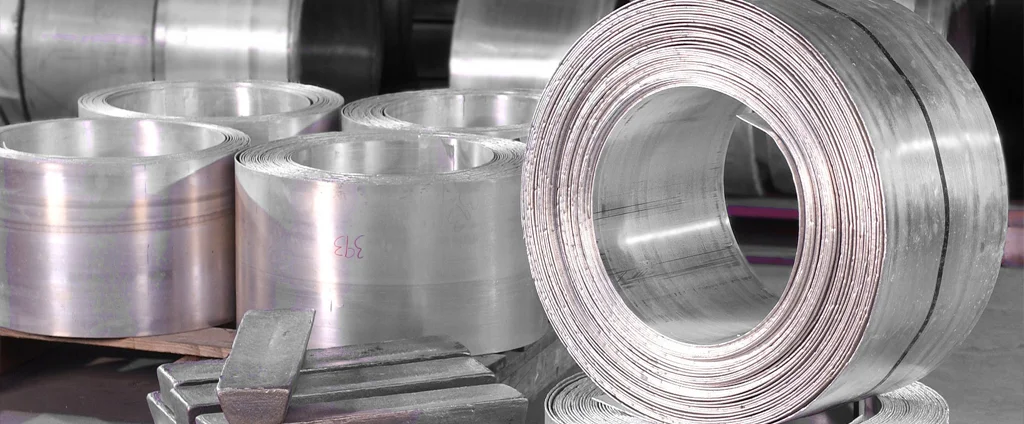Magnesium WE43A-T6 (UNS M18430)

WE43A-T6 is a high-strength cast magnesium alloy engineered for demanding applications requiring superior strength, stiffness, and corrosion resistance. Its unique composition ensures optimal performance in structural and mechanical components across various industries, making it a reliable choice for lightweight and durable solutions.
| Chemical Composition | ||
|---|---|---|
| Element | Min | Max |
| Magnesium | —— | Remainder |
| Rare Earths | 2.4% | 4.4% |
| Yttrium | 3.7% | 4.3% |
| Zirconium | 0.4% | 1.0% |
The following table provides a list of magnesium WE43A-T6 properties in both SI and US customary/Imperial units.
Click on the button to switch between Metric and Imperial units.
| Physical Properties | Metric |
|---|---|
| Density | 1840 kg/m3 |
| Mechanical Properties | Metric |
| Tensile Strength (Ultimate) | 276 MPa |
| Tensile Strength (Yield) | 207 MPa |
| Young’s Modulus (E) | 44.2 GPa |
| Shear Modulus (G) | 17 GPa |
| Elongation at Break in 50 mm | 2% |
| Poisson’s Ratio (ν) | 0.27 |
| Brinell Hardness 500 kg load, 10 mm ball | 75 - 95 |
| Thermal Properties | Metric |
| Melting Point | 550 - 640 °C |
| Solidus | 550 °C |
| Liquidus | 640 °C |
| Thermal Conductivity | 51.3 W/m·K |
| Specific Heat Capacity (Cp) | 966 J/kg·K |
| Heat of Fusion | 374 J/g |
| Electrical Properties | Metric |
| Electrical Resistivity | 1.48×10-5 Ω·cm |
The values in this table are approximate and can vary depending on various factors such as the specific manufacturing process and heat treatment applied to the alloy.
Advantages & Disadvantages of Magnesium WE43A-T6
| Advantages | Disadvantages |
|---|---|
| High strength-to-weight ratio | Low melting point |
| Good corrosion resistance | Poor thermal conductivity |
| Machinability | Corrosive to some acids |
| Good weldability |
Applications of Magnesium WE43A-T6
WE43A-T6 finds extensive use across multiple industries, offering superior performance in structural and mechanical components, including:
- Aerospace industry: Used to manufacture aircraft structures such as wings, fuselages, and landing gear, as well as engine components like pistons, cylinders, and crankshafts.
- Automotive industry: Employed in engine blocks, suspension components, body panels, wheels, and other lightweight parts.
- Marine industry: Utilized in boat hulls, propellers, rigging, marine engines, and other components.
- Medical industry: Applied in implants, prosthetics, surgical tools, and medical devices such as MRI and X-ray machines.
- Electronics industry: Used for circuit boards, housings, connectors, batteries, and other electronic components.
